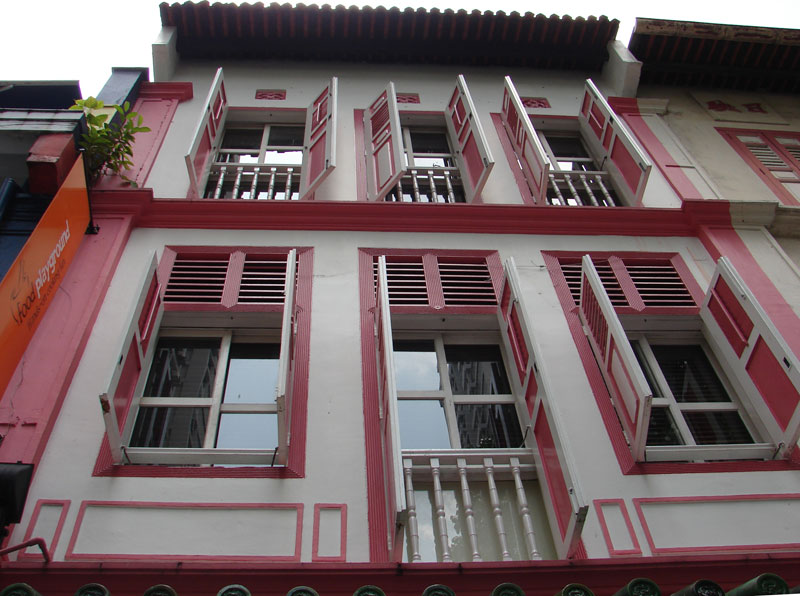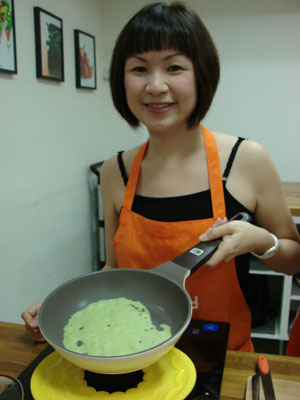What's Cooking in... Singapore
This item appears on page 59 of the August 2013 issue.
Singapore, located off the tip of the Malay Peninsula, is a wonderful mix of Chinese, Malay and Indian traditions.
During the 15th and 16th centuries, many Chinese traders went to Singapore. Some stayed and married local Malay women, creating a unique culture referred to as Peranakan. Their clothing and dishes are distinguished by colorful floral designs.
Traditionally, Peranakans lived in shophouses, 2- or 3-story attached row-house-style buildings with the store at street level and the living quarters on the upper floors. The buildings often were colorfully painted.
Today, in the Chinese historic district of Singapore, many of the shophouses have been beautifully restored.
When my husband, John, and I were in Singapore in March 2013, we visited the Peranakan Museum (39 Armenian St., Singapore; phone +65 6332 7591), where we learned more about Peranakan culture. They retained the Chinese tradition of ancestor worship, but the clothing styles tend to reflect their Malay heritage.
To learn more, we attended a cooking class at Food Playground, (4A Craig Road), where we learned to cook three Peranakan recipes.
Food Playground opened in December 2012 on the second floor of a shophouse. We were invited to attend the 3-hour, hands-on class on a complimentary basis, but a class normally costs $80 per person.
One of the recipes we learned to make was Kueh Dadar, a Nonya Peranakan snack or dessert. Nonya refers to the female side of the Peranakan marriage, which is traditionally Malay.
1 egg
²⁄3 cup coconut milk
6 tbsp pandan juice
¼ tsp salt
1¼ cup plain flour
1½ cup water or more as needed
4 to 5 tbsp palm sugar, thinly shaved (can substitute maple sugar)
1 tbsp dark brown sugar
2 tbsp water (or as needed)
1½ cup grated coconut



